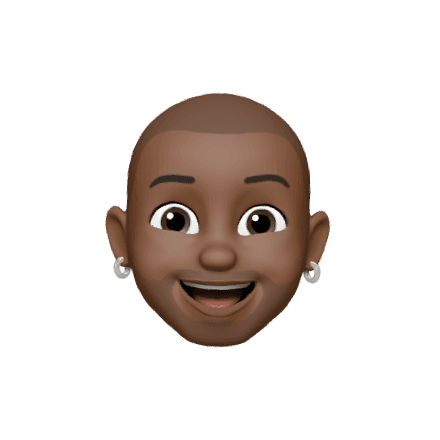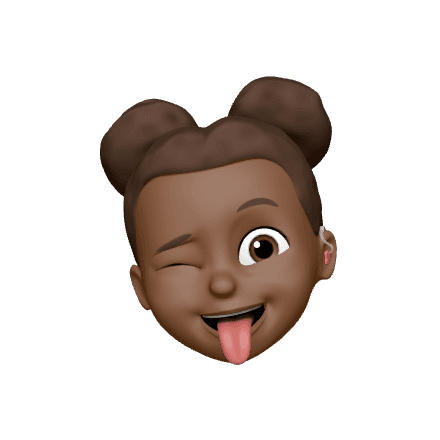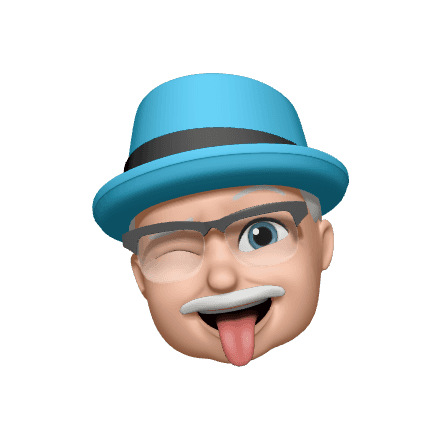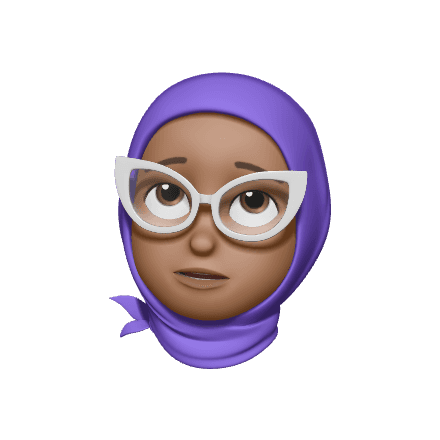Sephora- Care Analysis
Migrated Sephora’s in-store skin analysis (iPad) into a self-service mobile flow, enabling users to scan, understand their skin condition, and receive personalized product recommendations within the app.
Company
Sephora
Timeline
Mar – Jul 2024
Industry
Retail & Beauty
Background
Sephora’s skin test was popular in stores but limited to offline use and heavily dependent on beauty advisors (BAs).
User needs: Convenience, autonomy, and the ability to revisit past results.
Business goal: Digitize the skin test and create a closed loop from analysis → recommendation → purchase.
Role
Led competitive analysis of 4+ skincare analysis tools
Conducted in-store contextual interviews with 4 beauty advisors
Re-structured information architecture for product pages and recommendation flow.
Designed mobile user flow & interaction prototypes for skin analysis
Built a design system for mobile adaptation
Process
On-site Analysis
Observed the in-store test process, mapped gaps between offline and digital, and identified opportunities
User Research
Interviewed 4 beauty advisors to uncover user frustrationsProduct Page Iteration
Re-structured the product PDP, redesigned content hierarchy, and optimized recommendation logic.Refining the Flow
Designed the end-to-end skin test journey on mobile; Created a mobile design system consistent with Sephora’s iPad experience.
Research


In-Store Observation
To understand the complete ASoft Care offline skin test process and identify challenges when transitioning it online, I conducted field observation at Sephora Future Store. The focus was to analyze the interactions between Beauty Advisors (BA) and customers, and uncover user needs and pain points within the current in-store journey.

Key Insights
The process is heavily dependent on BA, limiting user autonomy.
Results are stored across fragmented touchpoints, making it hard for users to access past reports.
The journey from analysis to product purchase is disconnected, causing drop-off in conversion.
Lack of AI-driven assistance makes recommendations less standardized and scalable.
User Interview

Dann
@Sephora Gold Member
"I want to compare my current skin condition with my previous results, but there’s no way to do that easily."

Dillon
@Sephora Store Visitor
"I had a skin test at Sephora last time, I want to check my last test report, but I don’t know where to get it."

Selin
Regular Sephora Shopper
"It would be nice to be able to view the report on my phone at any time."

Ehens
@Non-member, lives in a city without Sephora
"I recently had a skin problem and would like to have a skin test, but there is no Sephora offline experience store in my city.

Denny
@Long-term Customer, frequent traveler
"It's frustrating that I have to visit the store every time for a skin test instead of doing it from home."

Myah
@Sephora Insider Member
"I wish I could get personalized product recommendations based on my skin analysis results.

Berry
@Skincare Enthusiast
"Sometimes, the recommendations I get don't seem to fit my actual skin condition."

Tim
@First-time Skincare Buyer
"It’s overwhelming to browse through so many products without knowing which ones are right for me."
Key Insights
Accessibility & Convenience: Users want to access reports anytime, anywhere
Continuity & Tracking:Users want to track past and current skin results
Personalization Gap: Users expect recommendations that directly match their skin condition, feel current suggestions are too generic.
Overload & Decision Fatigue:Users are overwhelmed by the number of product
Key Insights
Two Different Logics
Brand-driven apps: prioritize promoting own products, skin test is entry point but shallow.
Function-driven apps: emphasize detailed skin data, but stop at analysis, failing to link to purchase.
Feature Gaps
Brand-driven apps lack comprehensive reporting (history, visualization, personalization).
Function-driven apps lack retail integration (cart, checkout, product bundles)
Design Requirements

Opportunity for Sephora
Sephora sits at the intersection:
Has strong retail ecosystem like brand-driven apps.
Can integrate robust skin analysis like function-driven apps.
Biggest value: bridge diagnosis and purchase, making skincare both scientific and shoppable.
Design Solutions
Design Iteration Section:skin report & product recommendation
Refine IA
Design System
A/B Test
Conversion Funnel Analysis
Skin Report Redesign
Reorganized page hierarchy, removed duplicate/irrelevant info, introduced card-based layout and 4 core skin indicators.



Product Card Optimization
Defined modular info hierarchy (brand, price, compatibility tag), tested layouts with users.

Skin Test Entry Redesign
The entry point, as a key homepage module, is designed to encourage users to actively participate in skin testing, increasing usage frequency and driving conversion for subsequent product recommendations.
Design Goals
Encourage first-time users to complete their initial skin test
Remind existing users to retake the test periodically
Build a closed-loop from Test → Recommend → Convert to improve engagement and conversion

Segmentation Strategy
Unmeasured Users:
Initial awareness guide with value messaging (e.g., “Start your skin journey”).Measured < 28 Days:
Lightweight revisit prompt tied to recent test results, leading users to updated recommendations.Measured > 28 Days:
Stronger recall prompt emphasizing retest and refreshed skincare plans.

Design Solutions
Designing the Photo-Based Skin Test Flow
Migrate Sephora’s iPad-based ASoft Care skin test experience onto mobile.
Retain familiar step flows and visual cues while optimizing for mobile interaction.
Establish a closed loop: Photo Capture → Skin Analysis → Result Viewing → Product Recommendation.


Design System Consistency
Ensure seamless experience across iPad (ASoftCare) and mobile (CareMobile).
Solution:
Unified interaction methods (e.g., facial recognition zone, text guidance, shutter button).
Maintained consistent stance, environment, and UI metaphors across platforms.
Maximized design system scalability while reducing cognitive load for repeat users.

Reflection💪
Gained deeper understanding of cross-platform design systems and component reuse.
Learned how retail design ties closely to purchase behavior and how data can drive design decisions.
what would i do differently?
Be more proactive in user research and validation.
Design quick testing methods to gather direct feedback earlier and accelerate iteration.

